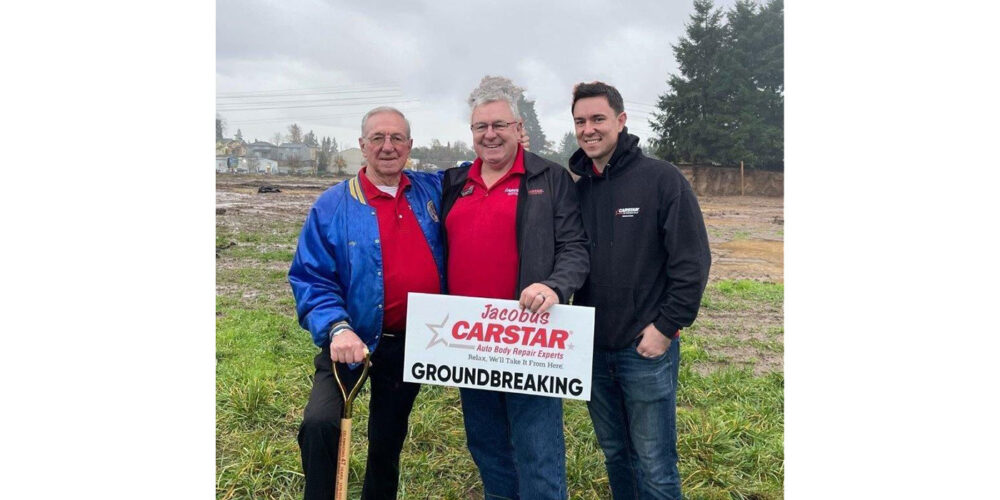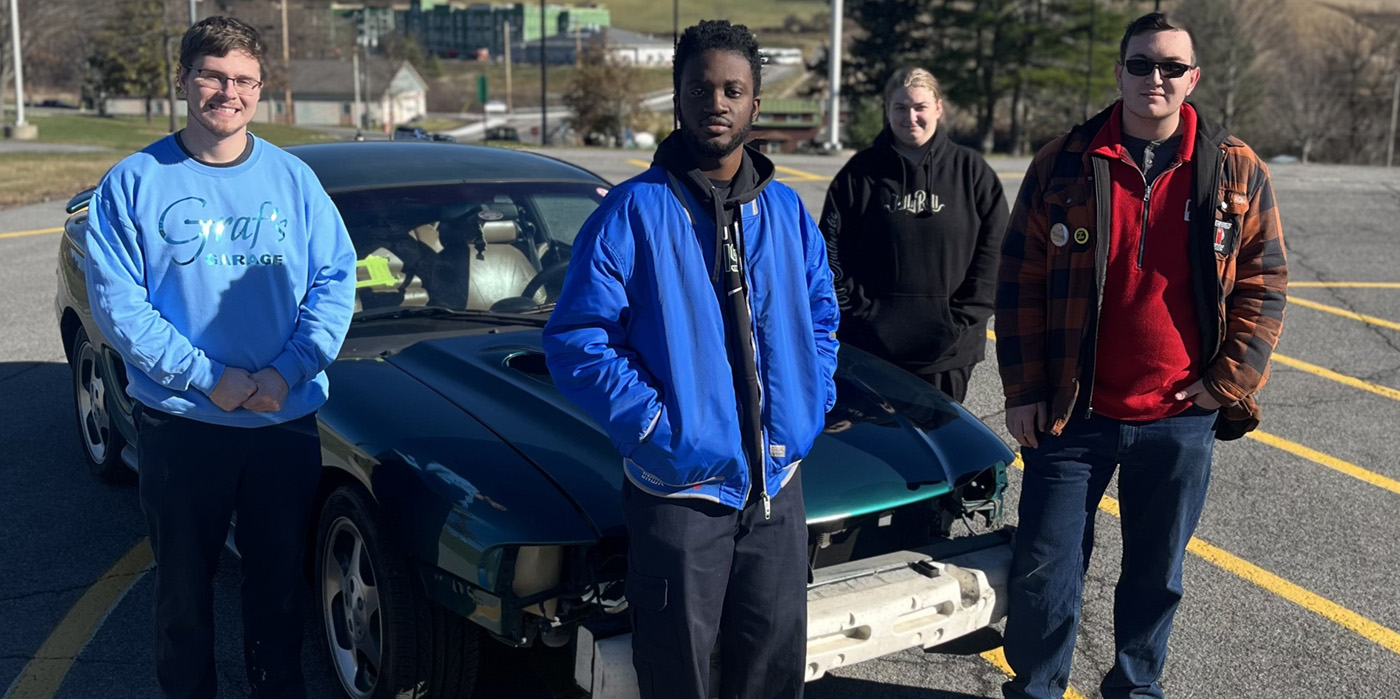What are the procedures I need to take from the time of write-up to vehicle completion to ensure I get paid?
Every collision repairer should have a standard procedure to make sure they get paid at the completion of repairs. Getting paid is not an uncommon problem (see the last Ask the Expert I wrote). Every shop should have a written process to eliminate payment problems.
The procedures to ensure payment begin with the creation and signing of the repair order (RO). The RO is essentially a legal contract between your business and the customer. In effect, your customer contracts with you to perform work for a price. The process begins with a solid and legal RO generation and signature.
Note: I said signature! Verbal ROs will not stand up in court. Here’s an example: I was once called in on a dispute. The customer did not want to accept his repaired BMW, and the repair bill was more than $35,000. The customer said he never authorized the repair. The only documentation the shop had was “verbal by Mr. Smith” on the RO. Guess who bought the BMW?
Check your RO. Different states have different laws governing the wording of the RO, so make sure yours is complete and legal. Your management system provider and local trade association should be able to provide samples of legal repair orders.
Since every shop is different, your written procedures will be different, but let’s walk through the steps in a process to properly process an RO to ensure payment.
Step 1: Have the customer sign a complete and legal RO. Complete means that there is sufficient information on the RO to create a legal contract. In most states, having a customer sign a blank RO does not create a legal contract. In effect, the RO states that “we will use these parts and perform these operations in the repair of your car. The total cost will be $XXXX and payment is due when the repairs are complete.”
Step 2: Obtain a copy of the customer’s driver’s license and vehicle registration when the RO is signed. Check to make sure that’s legal in your state, but you need to know that the customer is the registered owner of the vehicle and who the legal owner is. Knowing if there is a loan on the vehicle and who the legal owner is provides assistance in collecting your money should the customer choose not to pay.
Step 3: Have the customer sign a “payment instructions” document following the signature of the RO. The payment instruction document should clearly state, in simple terms:
“I (customer name) understand that I am responsible for full payment for repairs to my (vehicle make, model, license) performed by (shop name) under Repair Order xxxx.
You can add some verbiage such as “deductible to be paid at delivery," "personal checks accepted to a $250 max,” etc., should you choose, but keep it simple.
In my shop, we had a problem with customers from one insurance company insisting that their deductible was “waived” by the insurer. The dispute came up at delivery and was a frequent problem. Our office manager created a payment responsibility form that automatically printed when that insurance company was selected. The form outlined payment responsibility and covered the issue of waiver and notice of waiver. The problem went away.
The payment responsibility form may not be a legally enforceable document, but it really helps clear up payment procedures at the beginning of the process.
Step 4: Keep the customer informed and obtain their consent for any changes to the RO. Things change in collision repair. Perhaps additional damage is found. Maybe the adjuster would only pay for a panel repair instead of replacement. If there is any change to the process or estimate referred to in the RO, the customer must be notified of the change and their approval must be obtained. This is best done with a signature, but in many cases that’s not possible. So keep good file notes and note the approval of change in the RO with the time and date of the call.
Step 5: Manage payment. When the adjuster is out, review your payment procedures. If there is a legal owner (bank loan), demand that the draft be issued jointly to your company and the customer. Ask when the draft will be issued and where it will be sent. If you’ve experienced problems with payment from an insurer, advise the adjuster that the vehicle cannot be released until payment is complete. If you make the policy known up front, you can avoid being told that you are holding cars “hostage.”
Step 6: Deliver only with payment confirmed. Don’t let repaired vehicles go without payment. Ever! Sure, if you have a DRP, let it go because you have a contract with the insurer that specifies payment. But if it’s not a DRP, get the money! If the adjuster says the check is in the mail, ask for a copy of the draft order authorization and confirm that the check is in the mail to you, not to the customer.
To summarize: Start with a legal RO. Define payment procedures with the customer at the time the RO is signed and verify their understanding of those procedures with their signature on a payment responsibility form. Maintain contact with the customer, notifying them of any changes in the repair process or price. Manage payment with the insurer, and never deliver a vehicle without payment.













